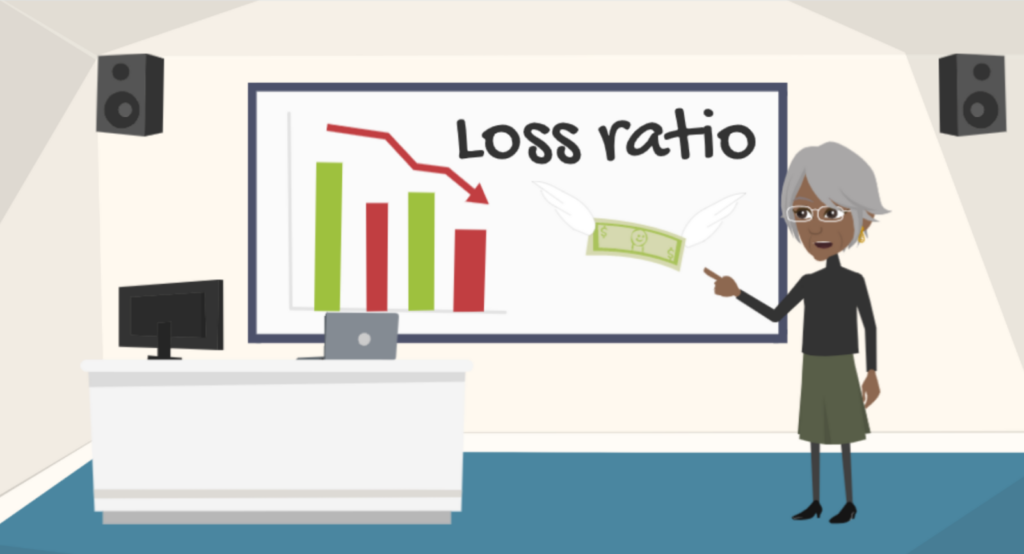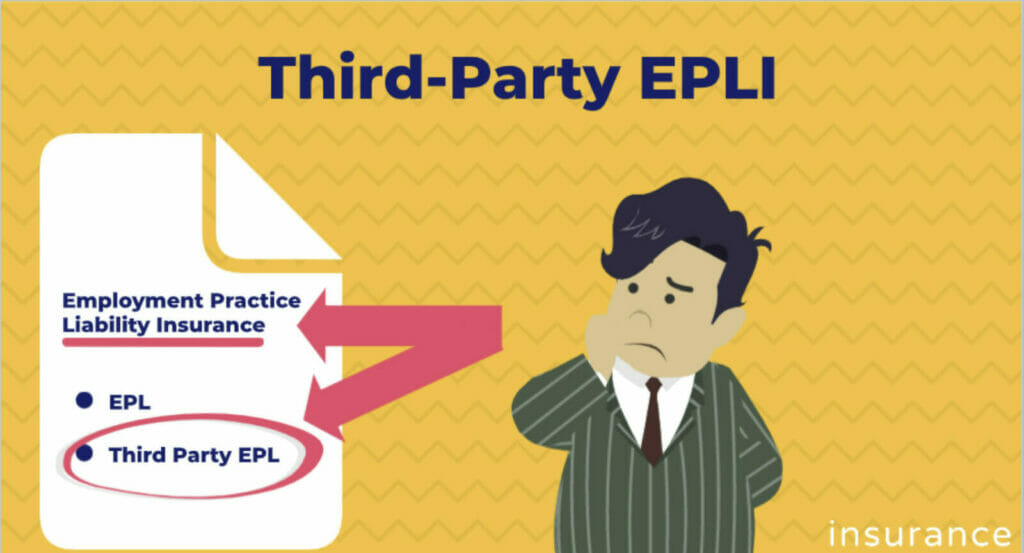The Insurance Council of BC Continuing Education Credit Requirements
This article provides a summary of the annual continuing education (CE) requirements as set by the Insurance Council of BC on June 1, 2021.
The Insurance Council of BC Continuing Education Credit Requirements Read More »









